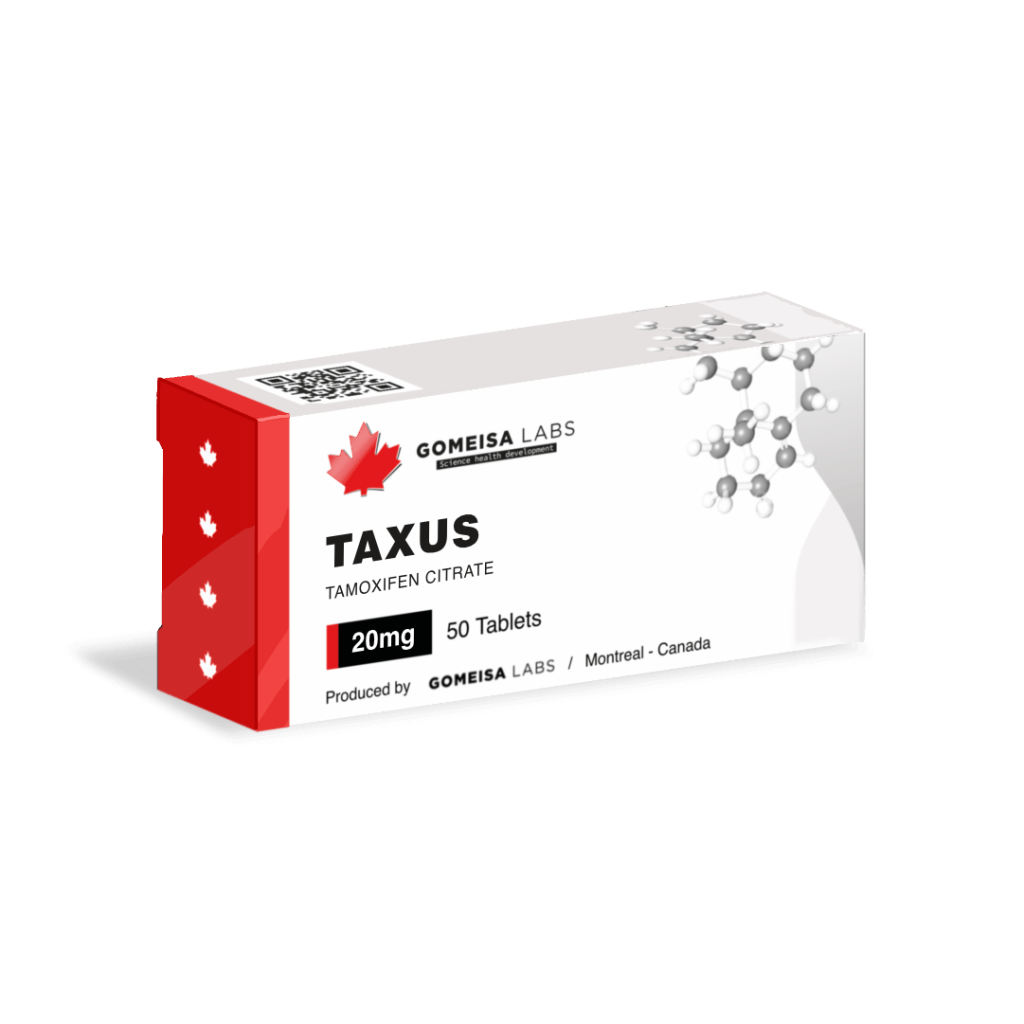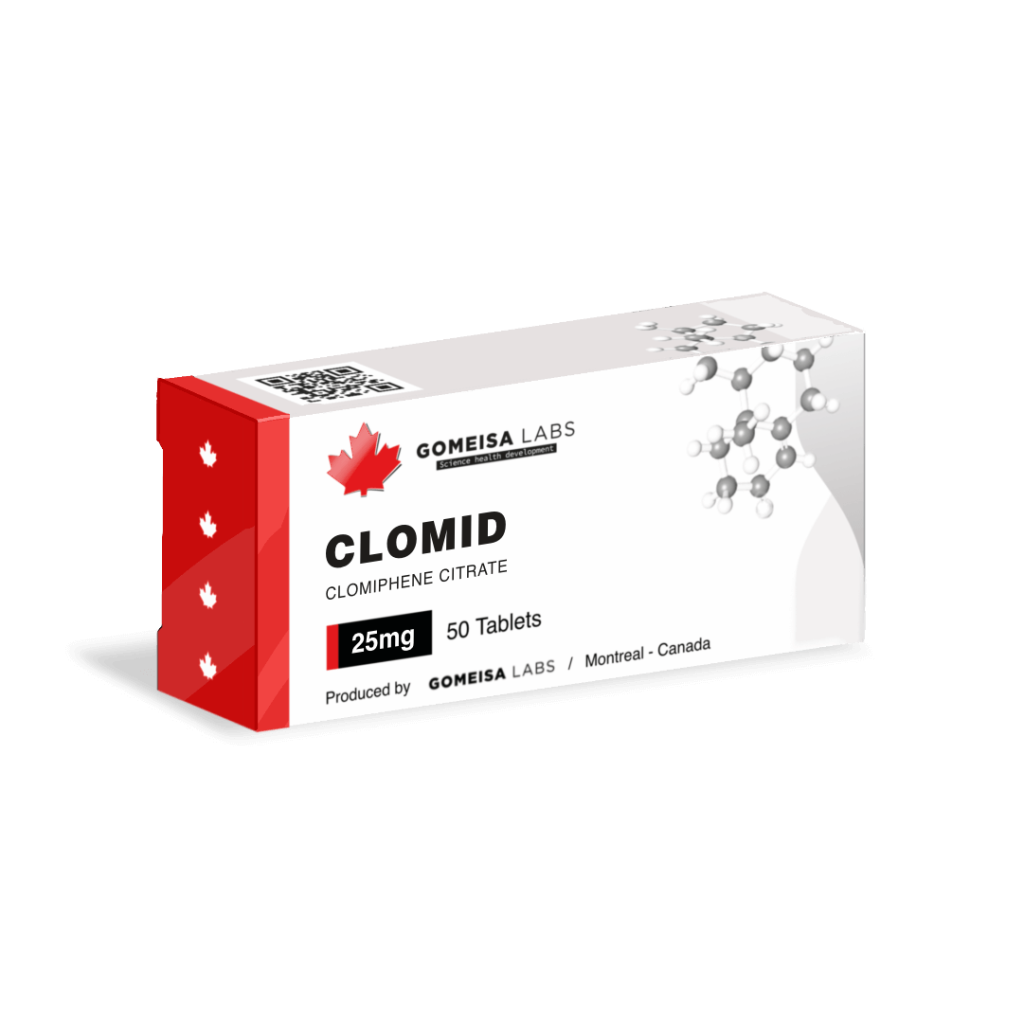Nolvadex vs Clomid
Nolvadex vs Clomid. When it comes to Post Cycle Therapy (PCT), two standout agents in the world of Selective Estrogen Receptor Modulators (SERMs) are Nolvadex (Tamoxifen) and Clomid (Clomiphene). These pharmaceuticals have earned a prominent place in hormonal therapies, particularly for their role in counteracting the adverse effects of anabolic steroid usage.
Selective Estrogen Receptor Modulators, or SERMs, have become essential in the realm of hormonal treatments. Their ability to modulate estrogen receptors provides unique benefits, including preventing gynecomastia, stimulating natural testosterone production, and restoring hormonal balance. Among the various SERMs, Nolvadex and Clomid are frequently chosen for their specific properties and effectiveness during PCT.
Nolvadex, also known by its generic name Tamoxifen, is well-regarded for its efficacy in preventing gynecomastia—a common side effect of anabolic steroid use. By binding to estrogen receptors, Nolvadex blocks the effects of estrogen in breast tissue, thereby preventing unwanted growth. Additionally, it plays a significant role in stimulating the natural production of testosterone, which is crucial for restoring hormonal balance after a steroid cycle.
On the other hand, Clomid (Clomiphene) is another powerful SERM that is widely used during PCT. Clomid primarily functions by stimulating the pituitary gland to increase the production of luteinizing hormone (LH) and follicle-stimulating hormone (FSH). This, in turn, boosts natural testosterone production, aiding in the recovery of the body’s hormonal equilibrium post-steroid use.
While both Nolvadex and Clomid operate within the SERM category, their interactions with various tissues in the body differ, highlighting their distinctive purposes in medical protocols. Here are some key points to consider:
- Mechanism of Action: Nolvadex primarily binds to estrogen receptors in breast tissue, while Clomid stimulates the pituitary gland to increase LH and FSH levels.
- Primary Benefits: Nolvadex is excellent for preventing gynecomastia, whereas Clomid is effective in boosting overall testosterone production.
- Usage in PCT: Both drugs are integral to PCT but may be chosen based on specific needs and responses of the individual.
In summary, the choice between Nolvadex vs Clomid in Post Cycle Therapy largely depends on the specific requirements and responses of the user. Understanding their unique properties and mechanisms can help in making an informed decision to achieve optimal hormonal recovery.
When it comes to Post Cycle Therapy (PCT), two popular options are Nolvadex and Clomid. These medications play a significant role in helping bodybuilders and athletes restore their natural hormonal balance after a cycle of anabolic steroids or prohormones. Understanding how each of these drugs works can provide insights into their effectiveness and help you make an informed choice.
The Science Behind Nolvadex vs Clomid
Nolvadex primarily functions by preventing estrogen from binding to receptors in target tissues. It achieves this by competitively inhibiting estrogenic interaction, effectively acting as an antagonist. This mechanism is particularly beneficial in combating the estrogen-related side effects that can follow a steroid cycle.
In contrast, Clomid works by tricking the body into believing there is a deficiency in estrogen. This deception prompts an increase in Luteinizing Hormone (LH) and Follicle-Stimulating Hormone (FSH), fostering an environment conducive to natural testosterone synthesis. By boosting these hormones, Clomid helps jumpstart the body’s own testosterone production.
Understanding Post Cycle Therapy (PCT)
Post Cycle Therapy (PCT) is a crucial regimen for bodybuilders and athletes following a cycle of anabolic steroids or prohormones. The primary goal of PCT is to restore the body’s natural hormonal balance, particularly testosterone levels, which are often suppressed due to the external administration of androgens.
Why is PCT Important?
Maintaining hormonal balance is vital for several reasons:
- Preserve Muscle Mass: A balanced hormonal profile helps maintain the muscle mass and strength gains achieved during the cycle.
- Prevent Adverse Effects: Hormonal imbalance can lead to unwanted side effects such as gynecomastia (development of breast tissue in men) or loss of libido.
- Overall Well-being: Proper hormonal function is crucial for overall health and well-being.
In summary, understanding the roles of Nolvadex and Clomid in PCT can help athletes and bodybuilders make informed decisions about their post-cycle strategy. By restoring natural testosterone levels and maintaining hormonal balance, you can safeguard your gains and ensure a smooth transition back to natural hormone production.
The process of restoring hormonal balance after anabolic steroid use often involves the use of Selective Estrogen Receptor Modulators (SERMs). These compounds specifically target estrogen receptors within the body in a tissue-selective manner. By blocking estrogen receptors in certain tissues, SERMs can prevent the negative effects of elevated estrogen levels and promote the body’s natural production of testosterone. This is crucial for helping the body recover from the suppressive effects of exogenous anabolic steroids, allowing for the resumption of normal hormonal function and the preservation of muscular gains.
Nolvadex vs. Clomid: Distinguishing Their Functions
Nolvadex and Clomid are both commonly used SERMs in post-cycle therapy (PCT) for anabolic steroid users, but their specific functions in the body differ slightly.
Nolvadex (Tamoxifen)

Nolvadex, also known generically as Tamoxifen, primarily blocks estrogen receptors in the breast tissue. This makes it a popular choice for preventing and treating gynecomastia.
Clomid (Clomiphene Citrate)

Clomid, or Clomiphene Citrate, functions slightly differently. While also a SERM, Clomid is known for its ability to stimulate the release of hormones necessary for testosterone production, thus aiding in the overall recovery of the body’s natural hormonal balance.
Key Points to Remember
- Selective Estrogen Receptor Modulators (SERMs) are essential in post-cycle therapy.
- They block estrogen receptors in a tissue-selective manner.
- This helps in preventing negative effects of elevated estrogen and stimulates natural testosterone production.
- Nolvadex primarily targets breast tissue to prevent gynecomastia.
- Clomid aids in stimulating hormone release for testosterone production.
Understanding the distinct roles of Nolvadex and Clomid can help you make informed decisions about your post-cycle therapy and ensure that your body recovers effectively, preserving your gains and restoring hormonal balance.
When it comes to boosting testosterone production, two key players often come to mind: Nolvadex and Clomid. These compounds are renowned for their efficacy in Post Cycle Therapy (PCT) and their unique mechanisms of action.
Understanding the Role of LH and FSH
Nolvadex possesses the remarkable ability to increase luteinizing hormone (LH) and follicle-stimulating hormone (FSH), both of which are crucial for stimulating testosterone production in the testes. By elevating these hormones, Nolvadex helps in kickstarting your body’s natural testosterone production post-cycle.
Clomid: A Potent PCT Option
On the other hand, Clomid, or Clomiphene Citrate, is often considered a more potent PCT option due to its direct stimulation of LH and FSH release. This results in a more pronounced increase in natural testosterone levels. Clomid works by blocking estrogen receptors at the hypothalamus, which in turn stimulates the pituitary gland to release more gonadotropins.
Dual Benefits of Clomid
Clomid is not just effective in testosterone production; it also enhances the quality and quantity of sperm, making it a dual-purpose option for treating male infertility related to hormonal imbalances.
Evaluating Effectiveness: Battle for Superior PCT Results
When evaluating the efficacy of Nolvadex and Clomid in PCT, both are highly regarded for their ability to stimulate endogenous testosterone production. However, the choice between the two often hinges on individual needs and responses to treatment.
- Nolvadex: Increases LH and FSH to stimulate natural testosterone production.
- Clomid: Directly stimulates LH and FSH release, with added benefits for sperm quality and quantity.
Ultimately, understanding the unique benefits and mechanisms of each compound can help you make an informed decision for your PCT needs. Whether you opt for Nolvadex or Clomid, both offer robust solutions for restoring hormonal balance post-cycle.
When it comes to restoring testosterone levels after anabolic steroid use, two popular choices stand out: Nolvadex and Clomid. Both are known for their efficacy in helping the body regain its natural hormonal balance, but they operate slightly differently. Let’s dive into the specifics of these two compounds and understand their unique benefits.
Nolvadex: Quick Rebound for Testosterone Levels
Nolvadex, also known by its chemical name Tamoxifen Citrate, is renowned for its ability to rapidly restore testosterone levels. It achieves this by blocking estrogen at the hypothalamus and pituitary glands, which in turn boosts the production of luteinizing hormone (LH) and follicle-stimulating hormone (FSH). This process is crucial for reestablishing the body’s natural hormonal equilibrium after using anabolic steroids.
Clomid: A Comprehensive PCT Solution
Clomid, or Clomiphene Citrate, operates on a similar principle but with some pharmacodynamic differences. It is often regarded as a more comprehensive post-cycle therapy (PCT) solution. Clomid not only blocks estrogen but also stimulates the hypothalamic-pituitary-gonadal axis, promoting the release of LH and FSH.
Key Differences and Benefits
- Nolvadex is known for its quick action in rebounding testosterone levels.
- Clomid may take longer to show effects but can lead to more significant long-term increases in testosterone levels.
- Clomid’s dual ability to block estrogen and stimulate the hypothalamic-pituitary-gonadal axis makes it a more comprehensive solution for PCT.
Studies have shown that while Nolvadex is effective for a quick rebound, Clomid may offer more substantial long-term benefits. The choice between the two often depends on individual needs and circumstances.
In conclusion, both Nolvadex and Clomid are valuable tools in the journey to restore natural testosterone levels after anabolic steroid use. Understanding their unique properties and benefits can help you make an informed decision tailored to your specific needs.
When it comes to choosing between different SERMs, individual response rates and the specific steroids used during the cycle play a significant role. Let’s delve into the comparison of their side effects and drug tolerability.
Side Effects Showdown: Comparing Drug Tolerability
Both Nolvadex and Clomid are widely used in Post Cycle Therapy (PCT) for their roles as Selective Estrogen Receptor Modulators (SERMs). However, their side effect profiles can vary significantly, influencing your choice.
Nolvadex: Easier to Tolerate
Nolvadex is generally considered easier to tolerate, with fewer and less severe side effects. Common issues reported with Nolvadex include:
- Hot flashes
- Nausea
- Headaches
These side effects are typically mild and manageable for most users, making Nolvadex a popular choice for many looking for a less intrusive PCT option.
Clomid: More Intense Side Effects
On the other hand, Clomid is known for its more intense side effects, which can be a deal-breaker for some. Users of Clomid may experience:
- Visual disturbances
- Mood swings
- Potential for ovarian hyperstimulation in women
These differences in side effects are crucial to consider when choosing a Post Cycle Therapy regimen. While Nolvadex’s milder side effects make it a preferable option for many, those who do not respond well to it may have no choice but to handle Clomid’s tougher profile.
Understanding the side effects and individual tolerability of these drugs can help you make a more informed decision and ensure a smoother Post Cycle Therapy experience.
The clinician’s guidance, tailored to an individual’s health status and response to treatment, is indispensable for mitigating risks and ensuring a safer recovery of natural hormonal balance.
Navigating Choices: Which SERM Is Right for You?
When deciding between Nolvadex and Clomid for post-cycle therapy (PCT), it’s crucial to evaluate your specific needs and the unique properties of each Selective Estrogen Receptor Modulator (SERM).
Nolvadex (Tamoxifen Citrate)
Nolvadex is often preferred for its ability to precisely target estrogen receptors in the breast tissue. This makes it a popular choice for individuals concerned about gynecomastia.
Clomid (Clomiphene Citrate)
On the other hand, Clomid is known for its stronger stimulating effect on the pituitary gland, making it more suitable for those looking to aggressively restore their natural testosterone levels.
To make the best choice:
- Consult with a clinician to understand your health status and response to treatments.
- Consider your primary goal—whether it’s preventing gynecomastia or restoring testosterone levels.
- Evaluate the specific properties and effects of Nolvadex and Clomid.
By closely working with a healthcare professional and understanding the unique benefits of each SERM, you can navigate your options more effectively and ensure a balanced, safe recovery.






